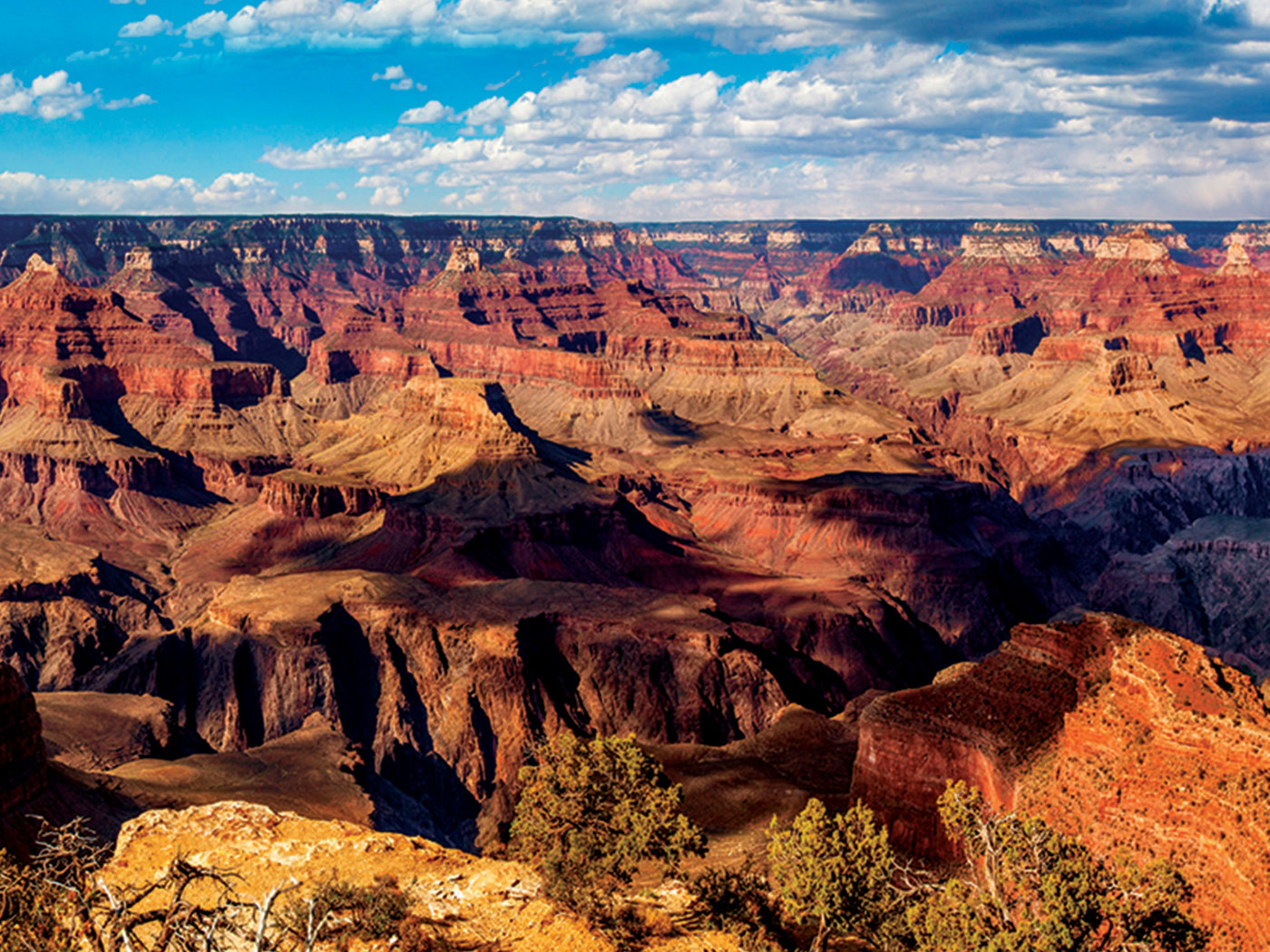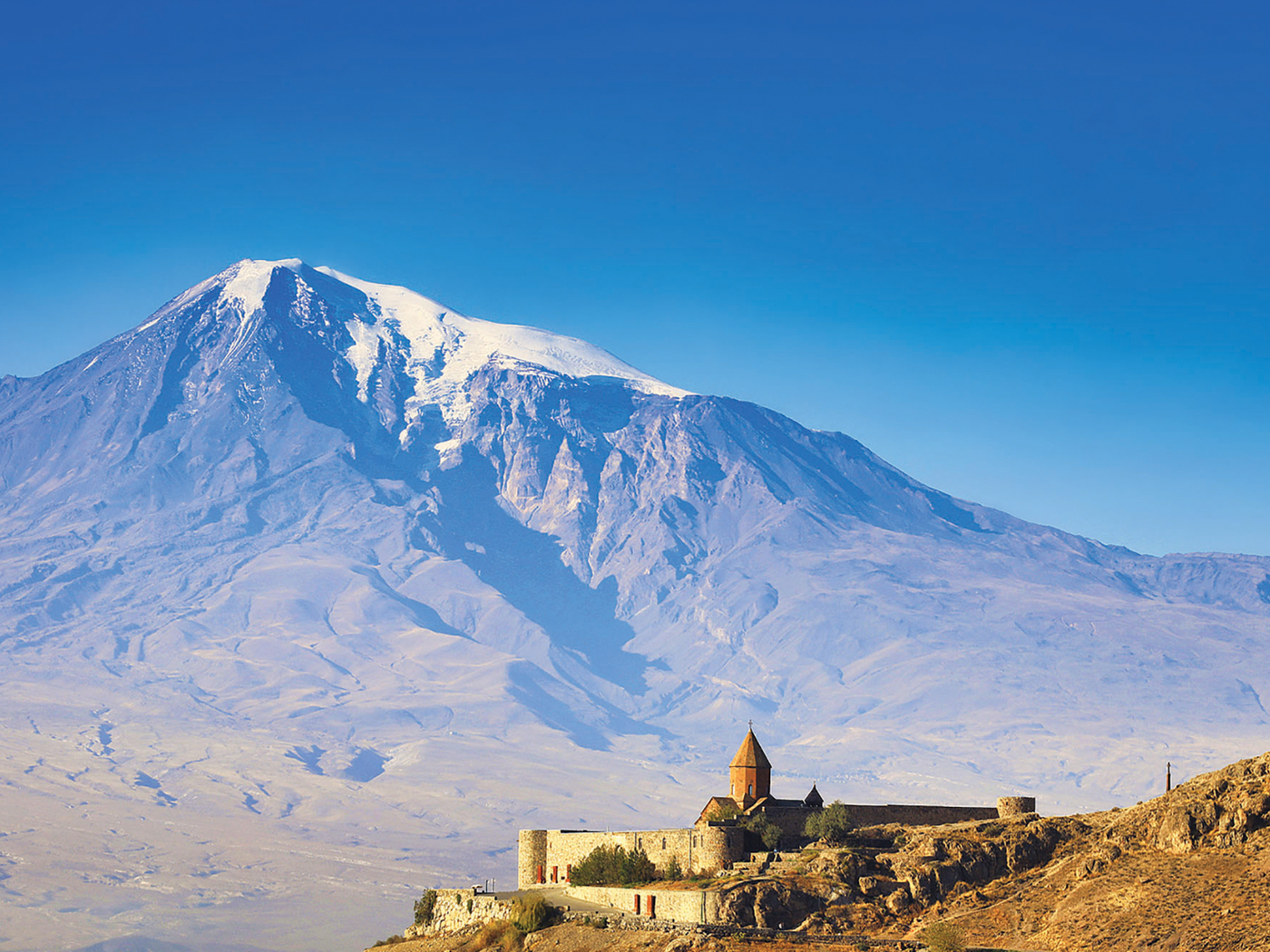"Are not two sparrows sold for a farthing, and one of them shall not fall on the ground without your Father. . . . Fear ye not therefore, ye are of
more value than many sparrows." (Matthew 10:29,31)
There's no end to the scientific books and articles published these days, and at ICR we routinely read as many as time allows. As you might imagine, we always appreciate receiving new information but often disagree when the authors interpret the data in an evolutionary context. Sometimes the conclusions are disappointing, especially when unwarranted evolutionary implications are drawn.
Consider the recent discovery of various fossilized dinosaur bones from several carnivorous dinosaurs of the same species. Nearby was the fossil of a plant-eater—predator and prey. The conclusion? The carnivorous dinosaurs hunted in packs, together overwhelming the defenseless herbivore.
The authors speculated as to the behavior of both, including feeding habits, communication between them and even their personalities. It was almost as if the fossil deposit was a snapshot of a moment in history. But let's be careful. Let's separate the raw data from the story that they told about the data. What did they really discover?
None of the dinosaur skeletons were found intact. All were partial and even many of the remaining bones were broken. Other fossils were present, of both animals and plants, from a variety of environments. All were found encased in water-deposited muds, now hardened into sedimentary rock, giving evidence of having been transported by rapidly moving water, interpreted as river flooding.
An honest appraisal of this deposit of dead animals would not conclude that this was representative of how or where the animals lived. Nor is it necessarily representative of how or where they died. It can really only speak with certainty of how and where they were buried, and the events since then. These animals lived somewhere else, died somewhere else, their body parts transported and deposited together,.
Can we tell a story about these fossils which is more credible? Yes, we can, especially as we use the written record of One who observed these particular dinosaurs, their lives, their deaths, and their burial. This record may not give all the details, but it does provide the framework within which even this deposit can be better understood.
The Bible speaks of the great flood of Noah's day, during which all land animals (not on the Ark) perished in a watery catastrophe. This flood would have been capable of depositing great volumes of sedimentary material in which would be trapped the broken remains of many dead plants and animals. The high energies involved in the flood would have gathered up material and living things from many environments and transported them, often depositing them together. The muds would harden into sedimentary rock and the plants and animals, or what was left of them, would harden into fossils.
Today we would expect to find their partial and battered remains, jumbled together, entombed in rock, which itself was deposited as mud by high energy water action. Creationists would refrain from using this evidence of catastrophic burial to support "just so" stories of life long ago.




















